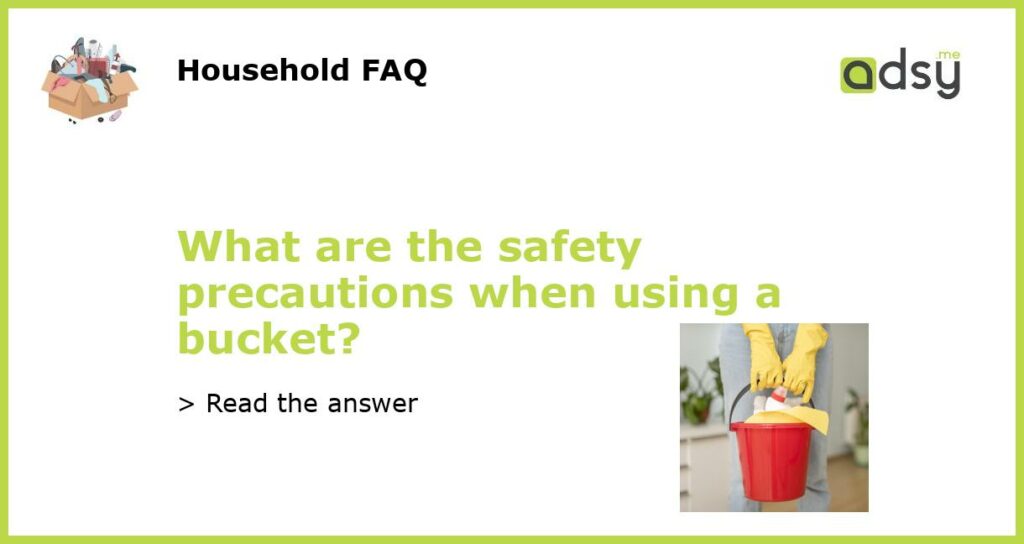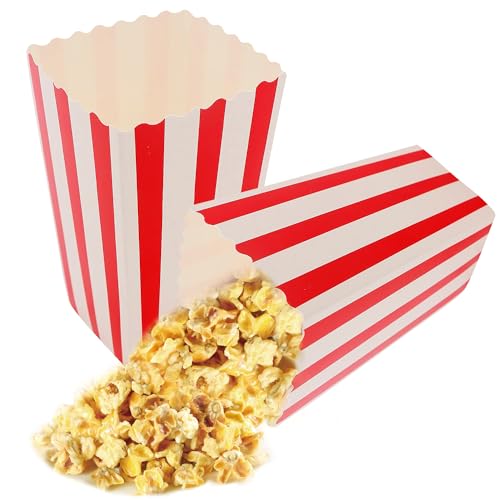Understanding the Risksinvolved with Using a Bucket
When using a bucket, it is important to be aware of the potential risks involved. Buckets are often used for various tasks, such as carrying items or reaching out-of-reach places. However, improper use of buckets can lead to accidents and injuries. Some common risks associated with using a bucket include:
- Slips and falls: Due to their shape, buckets can be unstable and cause you to lose balance when standing on them.
- Collisions: If you are not careful, you may accidentally bump into nearby objects or individuals while carrying a bucket.
- Objects falling out: Items you place in the bucket may fall out and cause harm to yourself or others.
Choosing the Right Type of Bucket for the Task
Before using a bucket, ensure that you are using the appropriate type for the task at hand. Different buckets are designed for different purposes, and using the wrong type can increase the risk of accidents. Consider the following factors when choosing a bucket:
- Material: Buckets can be made of plastic, metal, or other materials. Select a material that is suitable for the nature of the items or tasks you will be handling.
- Capacity: Check the capacity of the bucket to ensure that it can safely hold the weight of the items you intend to carry.
- Handle design: Look for a bucket with a sturdy and comfortable handle for easy grip and control.
By selecting the right type of bucket, you can minimize the risks associated with using it.
Maintaining a Stable and Secure Position
When using a bucket, it is crucial to maintain a stable and secure position to avoid accidents. Follow these guidelines to ensure your safety:
- Place the bucket on a flat and stable surface: Avoid using a bucket on uneven or unstable surfaces, as this increases the risk of slipping or falling.
- Stand in the center of the bucket: When using a bucket as a step stool, position yourself in the center to distribute weight evenly and prevent toppling.
- Do not overreach: Avoid reaching too far while standing on a bucket, as this can throw off your balance and increase the risk of falling.
By maintaining a stable position, you reduce the chances of accidents and injuries while using a bucket.
Understanding Weight Limits and Load Distribution
It is important to understand the weight limits and load distribution when using a bucket. Exceeding weight limits or improperly distributing the load can lead to accidents and injuries. Consider the following tips:
- Check the manufacturer’s instructions: Manufacturers often provide weight limit recommendations for buckets. Ensure that you are not exceeding the recommended weight capacity.
- Distribute the load evenly: When carrying items in a bucket, distribute the weight evenly to maintain balance and prevent the bucket from tipping over.
- Avoid overloading the bucket: Do not fill the bucket beyond its capacity, as this can strain the handle or cause the bucket to become unstable.
By adhering to weight limits and properly distributing the load, you can use a bucket safely and minimize the risk of accidents.
Proper Handling and Storage of Buckets
Proper handling and storage of buckets are essential to ensure their longevity and prevent accidents. Follow these guidelines:
- Carry the bucket with care: When moving a bucket, be mindful of its weight and the potential hazards around you. Hold the bucket securely to prevent it from slipping out of your grasp.
- Store buckets in a safe place: When not in use, store buckets in a designated area away from high traffic areas to prevent them from causing tripping hazards or getting in the way of other activities.
- Inspect buckets regularly: Periodically check the condition of your buckets for any signs of damage or wear. Replace any damaged buckets to ensure safe usage.
By handling and storing buckets properly, you can extend their lifespan and reduce the likelihood of accidents and injuries.






